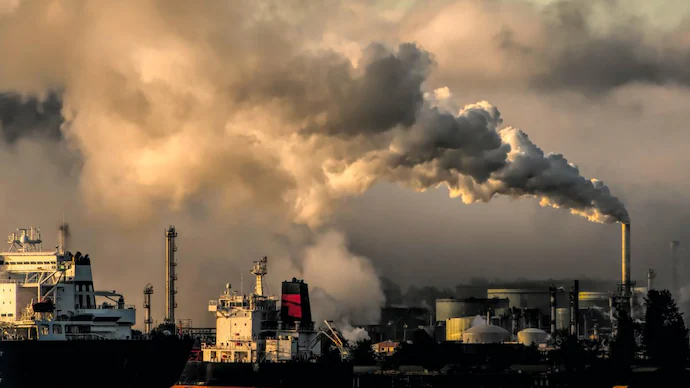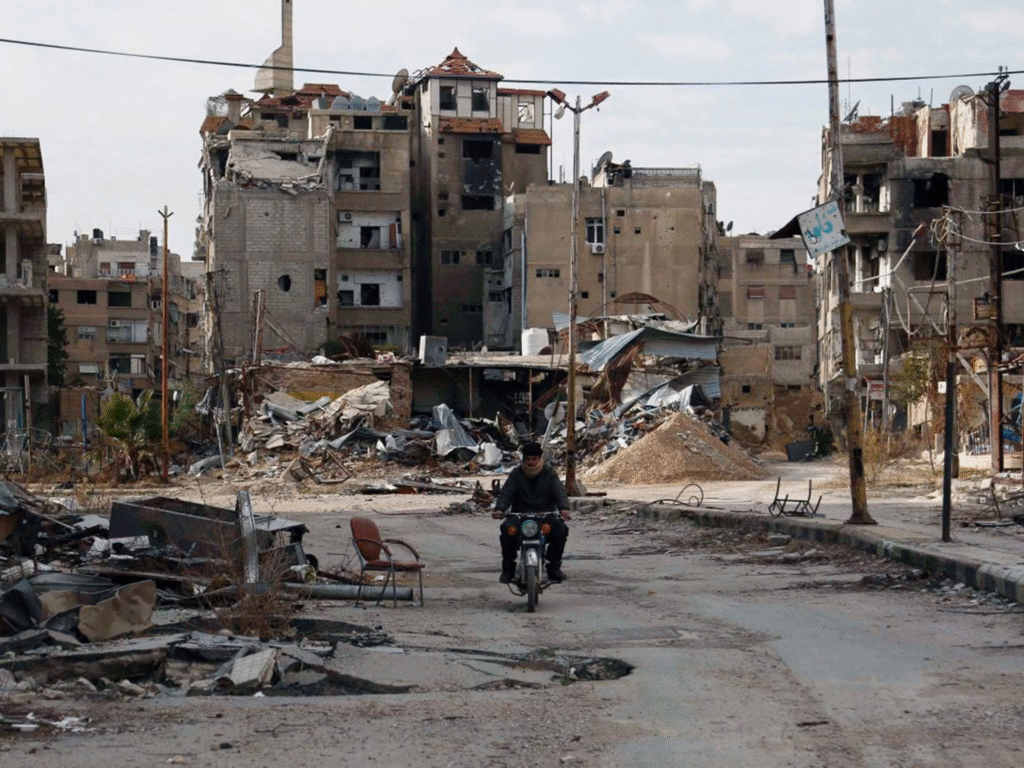Most Populous Cities: Population, Living Conditions, and Health
The world’s largest cities are growing rapidly, driven by migration, economic opportunities, and better healthcare. In 2024, urban populations continue to surge, with cities like Tokyo, Delhi, and Shanghai leading the pack.

These megacities face unique challenges, from housing shortages to health crises, but also offer vibrant opportunities. This article explores the latest data on the most populous cities, how people live, their health, and overall conditions, based on recent reports and studies.
1. The World’s Most Populous Cities in 2024
Tokyo, Japan, remains the world’s largest city, with a population of 37.1 million in 2024, though it saw a slight decline of 0.21% from 2023, according to World Population Review. Delhi, India, ranks second with 33.8 million residents, growing at 2.63% annually. Shanghai, China, follows with 29 million people, driven by its role as a global financial hub.
Other top cities include São Paulo, Brazil (22.8 million), Mexico City, Mexico (22.5 million), and Dhaka, Bangladesh (23.9 million), which grew by 3.13% last year. These figures come from the United Nations and Jagran Josh, highlighting Asia’s dominance in urban population growth.
These cities are economic powerhouses but strain under their massive populations. Rapid growth in Delhi and Dhaka, for example, fuels infrastructure challenges, while Tokyo’s slight decline reflects aging demographics and lower birth rates. Each city’s unique context shapes its living conditions and health outcomes.
2. Living Conditions: Opportunities and Struggles
Life in these megacities is a mix of opportunity and hardship. In Tokyo, residents enjoy modern infrastructure, efficient public transport, and a high standard of living. The city’s GDP per capita is around $42,000, and 98% of residents have access to clean water and sanitation, per UN-Habitat data. However, high living costs and cramped housing—average apartment sizes are just 40 square meters—create stress for many.
Delhi’s residents face stark contrasts. The city’s economic growth attracts migrants, but over 30% live in slums, according to the 2021 Census of India. Access to clean water is limited for 15% of households, and air pollution is a major issue, with an Air Quality Index (AQI) often exceeding 300 (hazardous). Shanghai offers better infrastructure, with 95% of residents in modern housing, but rural migrants often live in overcrowded conditions, lacking full access to social services.
Dhaka’s rapid growth has led to severe overcrowding, with 40% of its 23.9 million people in informal settlements, per a 2024 UN report. Basic services like sewage and electricity are inconsistent, and flooding exacerbates living challenges. São Paulo and Mexico City also struggle with inequality, where wealthy neighborhoods contrast with sprawling favelas and colonias, home to 20-25% of their populations.
3. Health Challenges in Megacities
Health outcomes in populous cities vary widely. Tokyo boasts one of the world’s best healthcare systems, with a life expectancy of 84 years and only 2% of residents reporting unmet medical needs, per OECD data. Universal healthcare ensures access, but mental health issues are rising, with 15% of adults reporting stress-related disorders in 2024 surveys.

Delhi’s health challenges are more severe. Air pollution contributes to 1.6 million premature deaths annually in India, with Delhi’s PM2.5 levels averaging 98 µg/m³, far above the WHO’s safe limit of 10 µg/m³. Respiratory diseases affect 20% of residents, and only 70% have reliable healthcare access, per a 2024 Lancet study. Shanghai’s healthcare is advanced, with 90% coverage, but infectious diseases like tuberculosis persist among migrant workers, affecting 1 in 1,000 residents.
Dhaka faces a dual burden of infectious and non-communicable diseases. Malnutrition affects 25% of children under five, while diabetes rates have risen to 15% among adults, per WHO data. Mexico City and São Paulo struggle with obesity—40% of adults in both cities are obese, per 2024 health reports—linked to poor diets and urban lifestyles. Access to healthcare is uneven, with 30% of Mexico City’s residents relying on underfunded public clinics.
4. Economic Opportunities and Inequality
Economic prospects drive migration to these cities, but inequality persists. Tokyo’s economy, valued at $1.6 trillion, offers jobs in tech, finance, and manufacturing, with an unemployment rate of 2.8% in 2024. However, part-time workers, making up 30% of the workforce, earn just $15,000 annually, per Japan’s Ministry of Labor.
Delhi’s economy is booming, with a GDP of $400 billion, but 40% of jobs are informal, offering no security or benefits, per India’s Labour Bureau. Shanghai’s financial sector employs millions, yet rural migrants earn 50% less than urban residents, averaging $8,000 a year. Dhaka’s garment industry employs 4 million but pays workers as little as $100 a month, per a 2024 Oxfam report.
São Paulo, Latin America’s economic hub, has a GDP of $500 billion but a Gini coefficient of 0.55, indicating high inequality. Mexico City’s informal economy employs 55% of workers, many earning below the $200 monthly minimum wage. These gaps fuel social tensions and limit access to better living conditions.
5. Environmental and Infrastructure Pressures
Urban growth strains infrastructure and the environment. Tokyo’s advanced waste management recycles 60% of its 12,000 tons of daily waste, and its subway system serves 9 million daily riders, per city data. Yet, heatwaves and rising sea levels threaten its future, with 2024 temperatures hitting 38°C.
Delhi’s infrastructure lags, with only 50% of sewage treated, leading to polluted rivers, per a 2024 Central Pollution Control Board report. Traffic congestion costs the city $10 billion annually. Shanghai’s modern metro serves 10 million daily, but flooding risks 30% of the city, per a 2024 climate study. Dhaka’s infrastructure is overwhelmed, with 70% of roads flooded during monsoons, disrupting 80% of commuters.
São Paulo’s water shortages affect 20% of residents, while Mexico City’s sinking ground, caused by over-extracted aquifers, damages 10,000 buildings annually, per local government reports. These environmental challenges worsen living conditions and health risks.
6. Social and Cultural Dynamics
Megacities are cultural melting pots but face social challenges. Tokyo’s homogeneous society is aging, with 28% of residents over 65, straining pension systems, per Japan’s Statistics Bureau. Delhi’s diversity, with 20 major languages spoken, fosters vibrant festivals but also ethnic tensions, with 10% of residents reporting discrimination, per a 2024 survey.
Shanghai’s cosmopolitan vibe attracts global talent, but migrant workers face social exclusion, with 40% lacking local residency rights. Dhaka’s cultural richness is overshadowed by poverty, with 50% of residents unable to afford cultural activities. São Paulo’s Carnival draws millions, but crime rates—10 homicides per 100,000 people—create fear. Mexico City’s rich history and art scene thrive, yet 15% of residents feel unsafe, per 2024 urban safety polls.
7. Recent Developments and Future Outlook
In 2024, these cities saw key developments. Tokyo launched a $10 billion climate resilience plan, including flood barriers and green spaces, per city announcements. Delhi’s government introduced 1,000 electric buses to combat pollution, though implementation lags. Shanghai expanded healthcare access for migrants, covering 2 million more people, per state media.
Dhaka’s $5 billion metro line, opened in 2024, aims to ease congestion, but funding shortages delay further projects. São Paulo’s affordable housing initiative plans 50,000 new units by 2026, while Mexico City’s water conservation program targets 30% reduced consumption by 2030. These efforts show progress, but challenges like funding, governance, and climate change persist.
Looking ahead, these cities must balance growth with sustainability. UN projections estimate urban populations will hit 68% of the global total by 2050. Investments in healthcare, housing, and green infrastructure are critical to improving living conditions and health. For now, residents navigate a complex urban life—full of promise but fraught with challenges.
Sources:
- World Population Review, UN-Habitat, Jagran Josh
- Census of India, Lancet, WHO
- OECD, Japan Ministry of Labor, India Labour Bureau
- Central Pollution Control Board, Oxfam
- City government reports, climate studies
- Japan Statistics Bureau, urban safety polls
- Local media, UN projections


 Trump Slaps Tariffs on Asian Nations, but India Secures Exemption
Trump Slaps Tariffs on Asian Nations, but India Secures Exemption  How InnoMake Shoes Make Navigation Safer for the Blind
How InnoMake Shoes Make Navigation Safer for the Blind  New Coronavirus Wave Hits India: What We Know
New Coronavirus Wave Hits India: What We Know  Trump Threatens 25% Tariff on iPhones and Other Smartphones
Trump Threatens 25% Tariff on iPhones and Other Smartphones  Did Trump Halt Harvard’s Foreign Enrollment?
Did Trump Halt Harvard’s Foreign Enrollment?  Mexican Navy Ship Collides with Brooklyn Bridge
Mexican Navy Ship Collides with Brooklyn Bridge